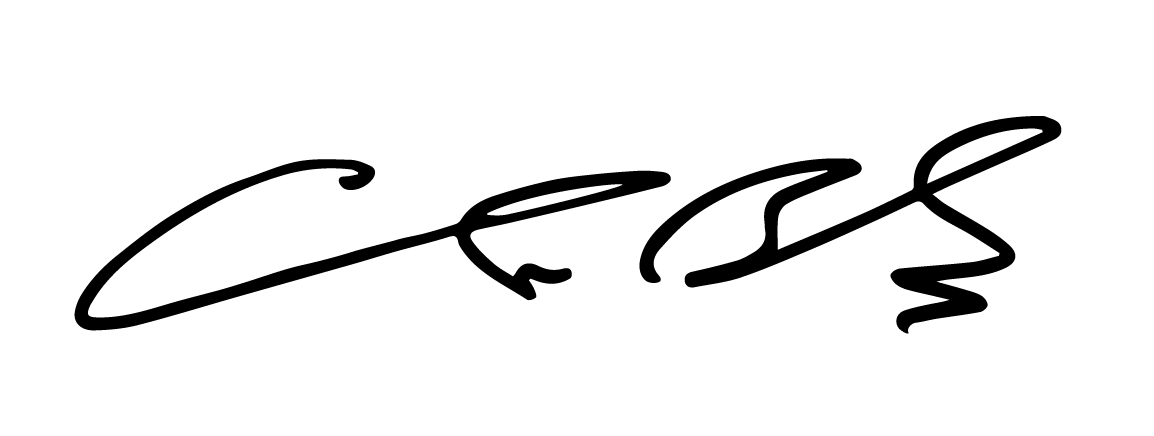NOTE FROM THE EDITOR
In orchestral music, there are many editorial markings that are open for interpretation. In an effort to maintain consistency and clarity you may find some of these markings in this piece. In general, markings for fingerings, bowing patterns, and other items will only be marked with their initial appearance. Future patterns or similar techniques will not be marked in order to encourage students to remember how to perform them as part of their musical development.
| X | extended position for cellists |
| ‑ |
shift A dash followed by a fingering (e.g., -1, -2, -3) indicates shifting up or down to a new position, which then begins with the use of that finger. Students will stay in that position until the next ‑ is marked. |
| 𝄒 |
bow lift/reset This marking indicates the need to lift the bow off the string, and reset it back near the frog. It is often used between two notes without a rest, and between two notes with a short rest. |
| (♭),(♯),(♮) |
high or low fingerings When a finger needs to be placed high or low, the words Hi and Lo are not used. Those finger positions will be marked with a courtesy accidental followed by the fingering. |
|
|
hooked bowings These are sometimes shown with just the |
I hope you will find these explanations to be helpful. Best wishes with all of your musical endeavors!

Chris Bernotas
Director of String Publications
Stay Updated
Want to get the latest updates and special offers from Alfred Music?

